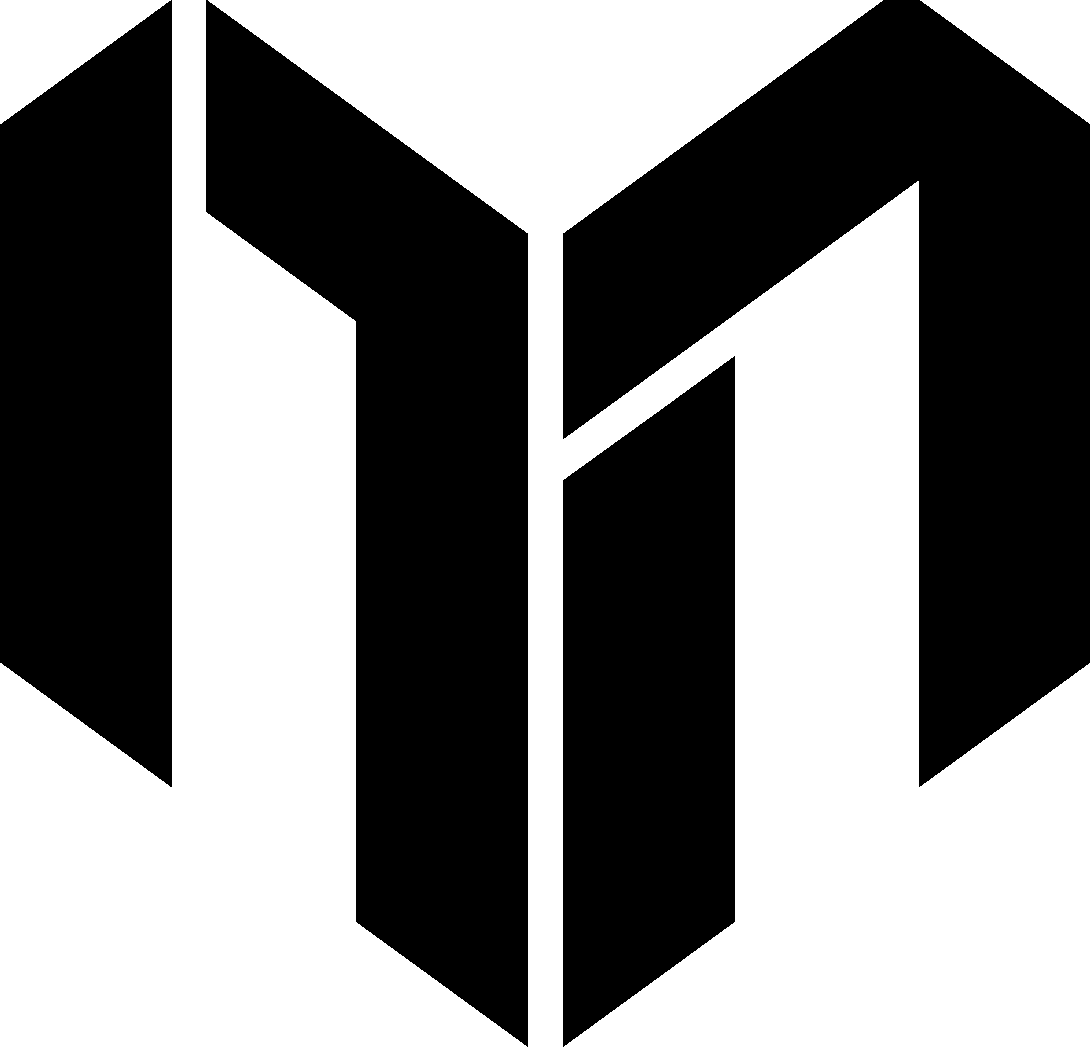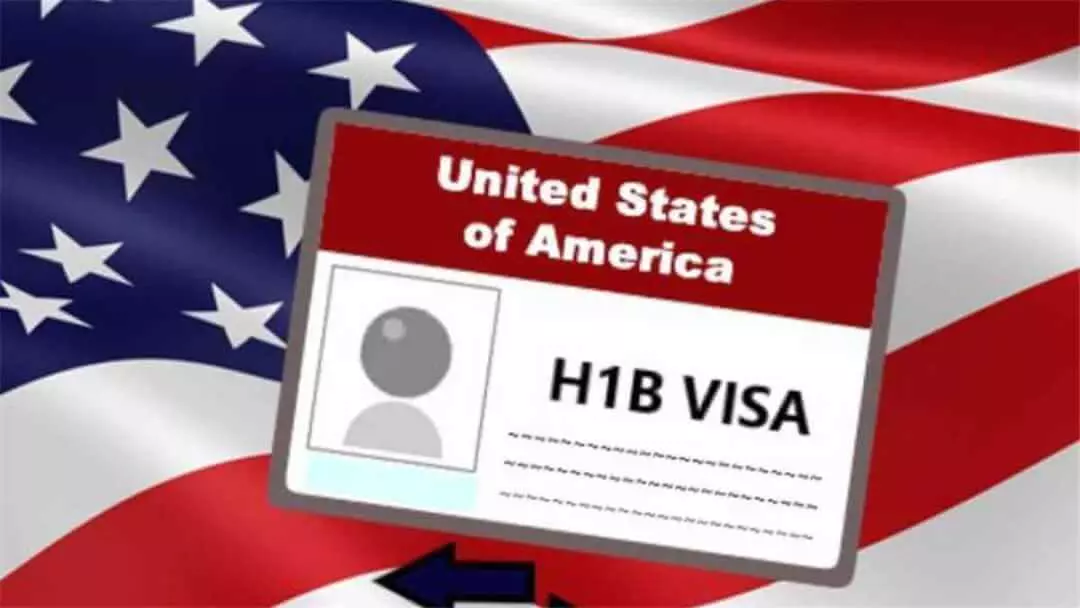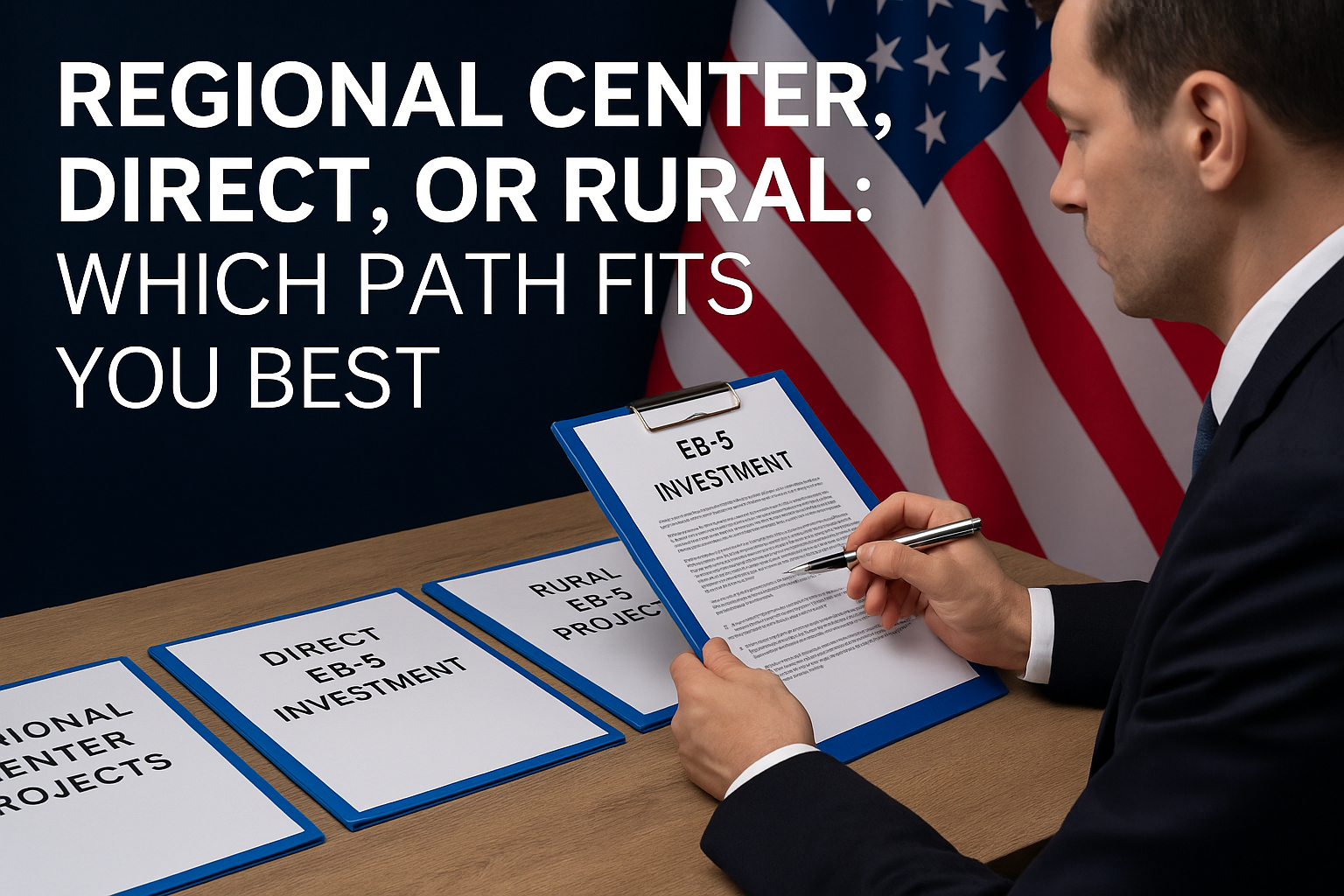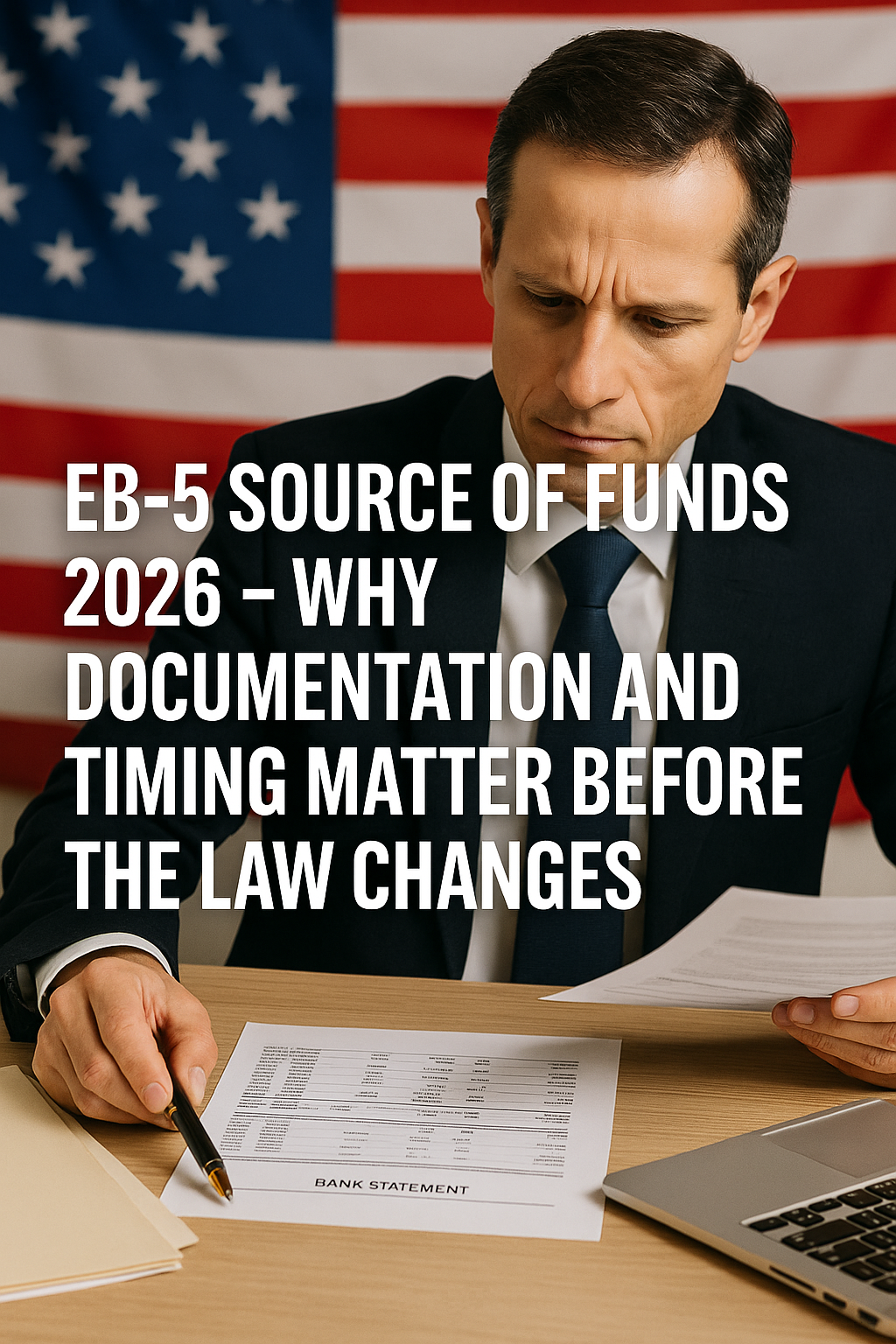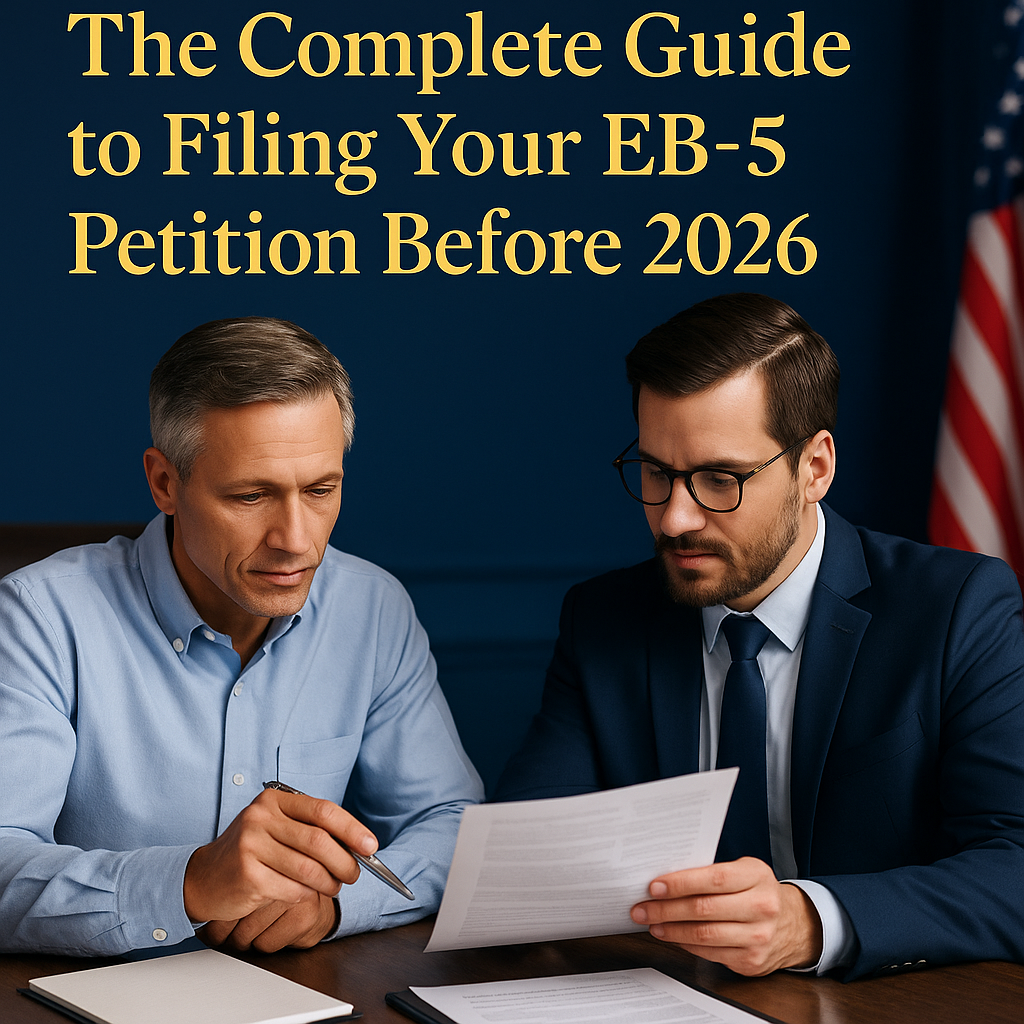What Is the H-1B Visa Program?

The H-1B visa is a nonimmigrant visa that enables U.S. employers to hire foreign nationals in occupations requiring specialized knowledge and at least a bachelor’s degree or equivalent. It is most commonly used in industries like information technology, engineering, finance, healthcare, and academia.
This visa program addresses labor shortages by filling highly skilled roles, but it is designed with strict compliance measures to protect the domestic labor market and prevent exploitation of foreign workers.
Key highlights:
- Applies to jobs classified as “specialty occupations”
- Requires employer sponsorship
- Capped annually (65,000 general + 20,000 for advanced degree holders)
- Valid for up to 3 years, extendable to 6 years
Eligibility and Wage Requirements Under the H-1B Visa
To qualify for an H-1B visa:
- The position must require a bachelor’s degree or higher in a specific field
- The foreign worker must possess the relevant degree or equivalent work experience
- The employer must prove that the worker is being hired for a genuine specialty role
Wage Requirements:
- Employers must pay the higher of:
- The prevailing wage (as determined by the Department of Labor)
- The actual wage paid to similarly qualified workers in the company
- This protects both U.S. and foreign workers from wage suppression or undercutting
Employer Responsibilities and Compliance Standards
Employers must file a Labor Condition Application (LCA) with the Department of Labor before submitting an H-1B petition to USCIS. In the LCA, they must attest to:
- Paying the required wage
- Providing similar working conditions to U.S. employees
- Not displacing U.S. workers
- Giving notice of the LCA to the workforce
Compliance Requirements Include:
- Maintaining public access files
- Posting LCA notices at the worksite
- Providing return transportation for terminated H-1B workers
- Cooperating with Department of Labor audits or investigations
Violations can lead to:
- Civil monetary penalties
- Debarment from filing future H-1B petitions
- Requirement to pay back wages
Rights of H-1B Workers
Foreign workers on an H-1B visa are entitled to:
- Receive the wage promised in the LCA
- Work in a safe and legal environment
- Be protected from retaliation if they report violations
If an employer fails to comply with the obligations, workers can file complaints with the Department of Labor’s Wage and Hour Division. Workers also have the right to change employers through an H-1B transfer process without losing status.
Common Compliance Pitfalls for Employers
Employers often face enforcement issues due to:
- Inaccurate wage levels or job titles
- Failure to post LCA notices properly
- Not updating the LCA for location changes
- Terminating an H-1B worker without covering return transportation
Best practices include conducting internal audits and working with immigration counsel to ensure accurate filings.
Why the H-1B Visa Still Matters in 2025
Despite increasing political scrutiny and regulatory hurdles, the H-1B visa remains a cornerstone of U.S. talent acquisition strategies:
Why it’s critical:
- It brings in high-skilled talent essential to economic growth and innovation
- It helps fill shortages in STEM fields where U.S. graduates are insufficient
- It offers a bridge to long-term residency for qualified foreign professionals
The H-1B visa plays a dual role—as a mobility channel for global talent and as a regulatory benchmark for fair labor practices. For employers and applicants alike, compliance is non-negotiable, and staying updated with federal guidelines is key to success.
Follow us on social media and website for more insights!

